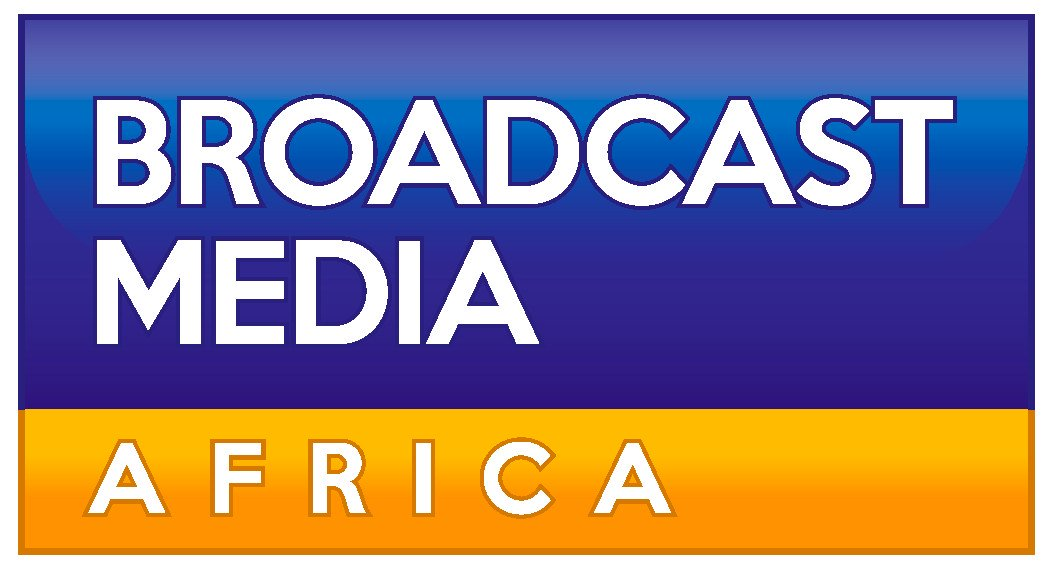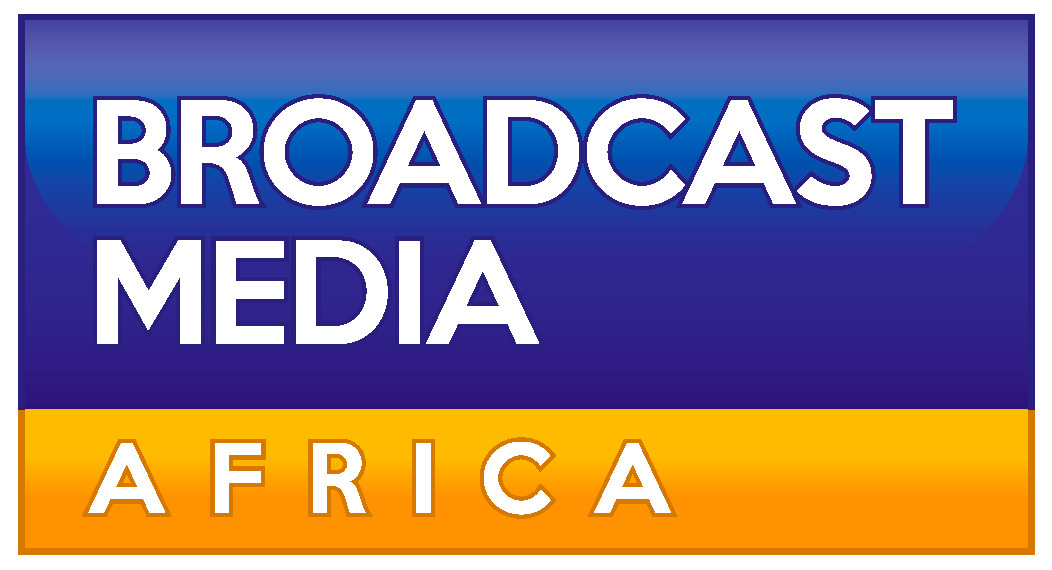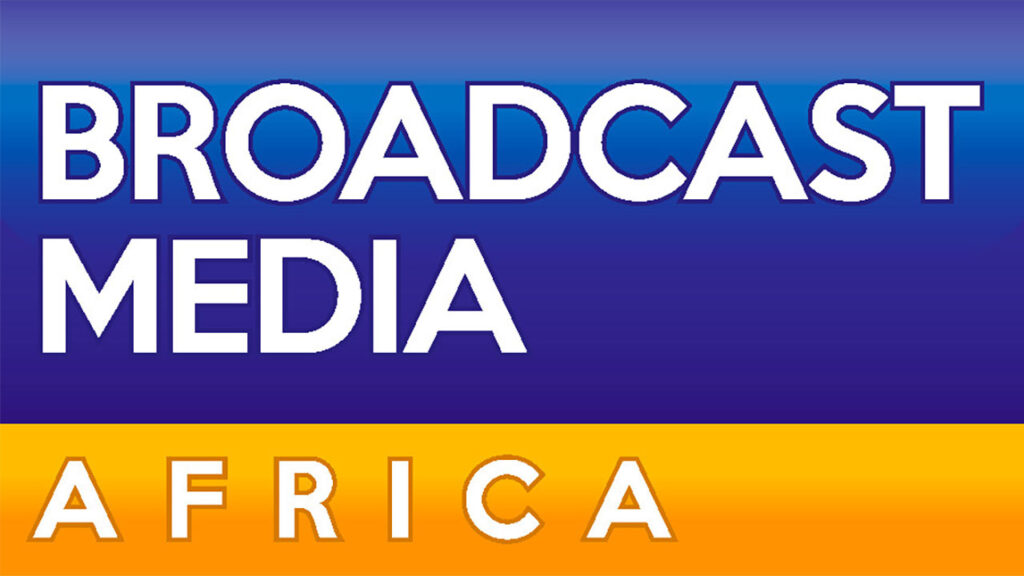

[This article is written by Benjamin Pius (Publisher @ BMA) as part of the forthcoming OTT Content Streaming And Distribution Summit 2025 on 18 – 19 February 2025 in Cape Town, South Africa. Learn more about the event here]
In this presentation, we offer the five (5) pivotal strategies that, in our opinion, can help both established broadcasters and emerging platforms thrive in the marketplace.
- Cater To Their Audience Preferences
The OTT content streaming landscape in Africa is ripe with opportunity; however, to stand out in an increasingly competitive field, broadcasters, telcos, and independent platforms must craft strategies that address evolving audience preferences while remaining scalable and cost-effective.
- Content: The Heart of the Platform
Analytics tools can pinpoint viewer demographics and behaviours, enabling providers to offer content that truly resonates. Equally important is striking the right mix between local and international programming. Investing in original programming—niche, experimental content or flagship productions—can significantly increase user loyalty and help differentiate a platform. Finally, curation enhances user experience, and using AI-driven recommendations makes it easier for audiences to discover new titles and stay engaged.
- Technical and Operational Capabilities
Invest in robust Content Delivery Networks (CDNs) and employ adaptive bitrate streaming that adjusts video quality to match available bandwidth. Scalability is another top priority—cloud-based solutions and autoscaling features allow platforms to accommodate surges in traffic without sacrificing performance. A user-friendly interface, replete with intuitive navigation and personalised suggestions, can drive engagement and reduce churn
- Sustainable Monetisation Approaches
Choosing the right monetisation model is pivotal. Subscription Video on Demand (SVOD) provides a steady revenue stream, especially for exclusive or premium content, whereas an Ad-Supported Video on Demand (AVOD) model suits platforms aiming for large user bases. Hybrid models, combining subscriptions and ads, can also be effective. Programmatic advertising adds scalability and efficiency, targeting ads to viewers most likely to respond. Direct ad sales can help platforms maintain control and earn higher margins, albeit requiring dedicated sales teams. Whichever route is chosen, tracking ad performance is key—factors like CPM (Cost per Mille) and CTR (Click-Through Rate) guide refinements in campaign strategies. Equally crucial is preventing ad fatigue, which can alienate viewers if ads are too frequent or intrusive.
- Leveraging Broadcaster and Telco Assets
In Africa, established broadcasters and telcos have the advantage of extensive customer databases, distribution networks, and brand recognition. By integrating OTT functionality into existing systems, these organisations can deploy streaming services more rapidly and affordably. Partnerships and collaborations—whether with tech providers, content creators, or even market rivals—help to share costs, pool audiences, and remain competitive against global giants.
By aligning captivating content, scalable technical operations, and profitable monetisation frameworks, OTT providers across Africa can build services that entertain and forge sustainable growth.
[This article is written by Benjamin Pius (Publisher @ BMA) as part of the forthcoming OTT Content Streaming And Distribution Summit 2025 on 18 – 19 February 2025 in Cape Town, South Africa. Learn more about the event here]











